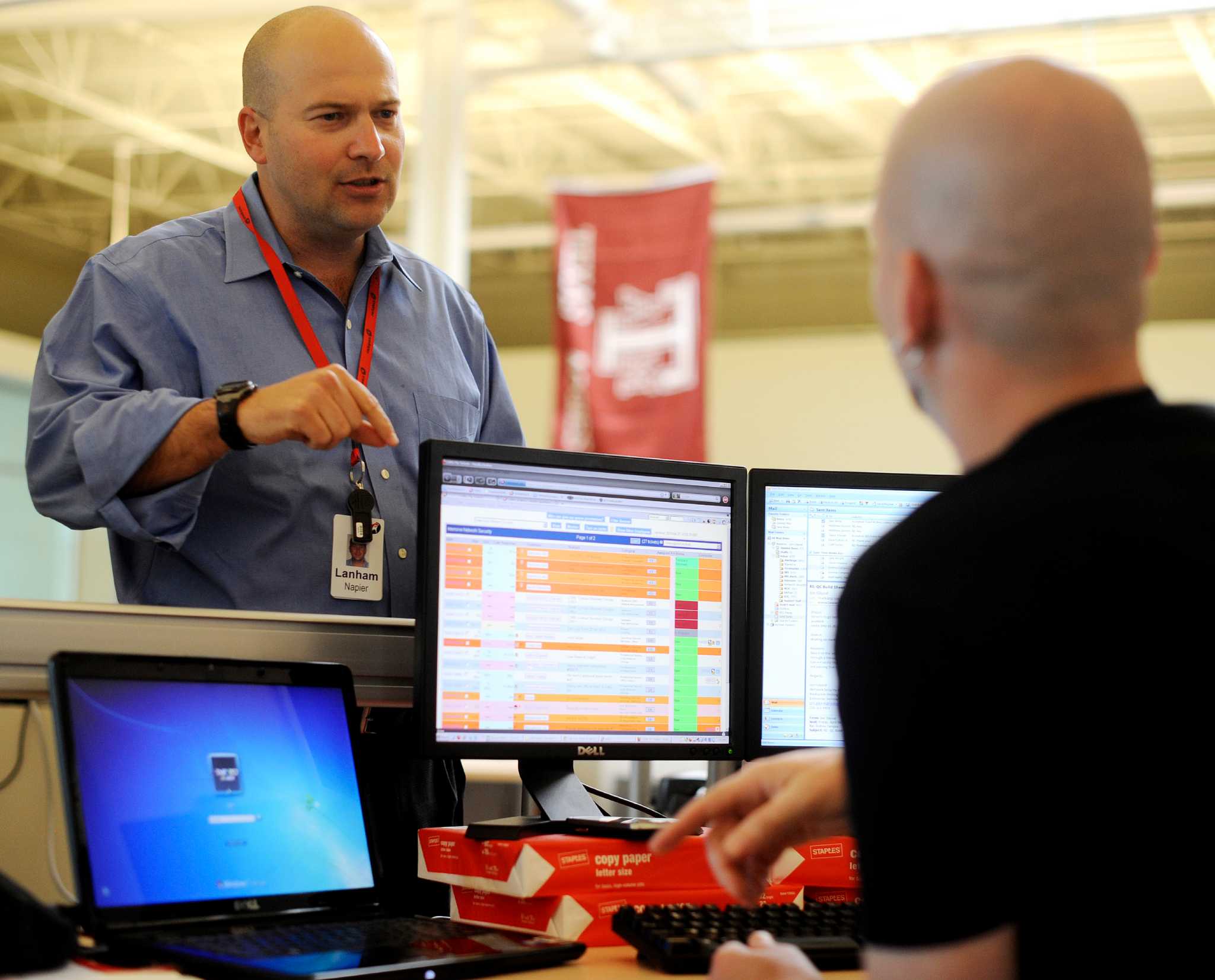 NEWS
NEWS
 NEWS
NEWS
 NEWS
NEWS
![]()
Born-on-the-Web companies have already initiated a massive industry-wide shift toward virtualization and highly scalable open source platforms, but they’re also have an impact in a less-noticed area: power efficiency.
Data centers are among the biggest electricity consumers on the grid, accounting for roughly three percent of energy demand in the US as of 2013. That figure will continue to increase with digital growth, but the proportionate cost on society should shrink as traditional facilities move closer to the efficiency levels of the world’s largest Web companies.
The shift is the result of business users increasingly turning to the likes of Amazon and Microsoft for services that would have once been delivered behind the firewall, a trend that is raising the bar for on-premise applications. In an effort to bridge the gap, CIOs are remodeling their entire operations after those very providers, starting with the underlying infrastructure.
That is driving an industry-wide transition away from the current operational paradigm. The prototypical corporate data center is a mishmash of so-called best-of-breed components from different vendors that have been cobbled together. The average organization runs a combination of old and new hardware that can vary from decades-old mainframes to bleeding edge converged appliances. Software licenses often aren’t even inventoried.
The proprietary infrastructure at the heart of the enterprise is slowly giving way to commodity equipment running sophisticated management software capable of substituting for the value-added features traditionally built directly into the hardware. That makes it possible to strip off practically every unnecessary component, which lowers power consumption and better exposes the internals for cooling, potentially reducing energy usage in another area. But that’s only the tip of the iceberg.
Virtualization is already having an impact on power consumption by enabling companies to do away with under-utilized servers and run their existing hardware at higher utilization rates. Here, again, enterprise data center managers can learn from the biggest names in the cloud.
The amount of electricity that a processor uses naturally increases with the size of its workload, as does the heat it puts off and the associated cooling costs. But that’s more than offset by the fact that a web company running at, say, two times the utilization rate of a traditional enterprise needs much fewer servers to support the same workload. Coupled with the inherent benefits of using commodity machines, that adds up to a massive increase in energy efficiency.
Of course, even the largest of enterprises can’t feasibly match their hyperscale peers, but the shift to commodity-based architectures will fill enough of the gap to have a tangible impact on overall energy consumption. That’s especially true given that the software-defined data center exists as part of a broader hybrid cloud model wherein a substantial number of workloads are stored off-premise.
That paradigm, which is already a reality today to varying extents, factors third party cloud operators’ ultra-streamlined infrastructure into the efficiency equation to further reduce the net energy footprint of the organization. And with Amazon, Google, Rackspace Inc. and a growing number of other leading players already committed to shifting all of their electricity needs to renewable sources, that not only optimizes consumption but reduces the impact on the environment as well.
THANK YOU